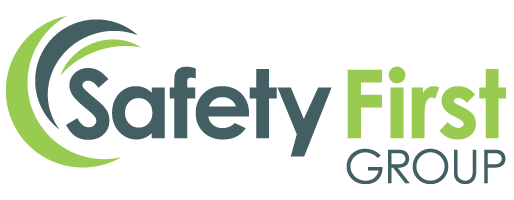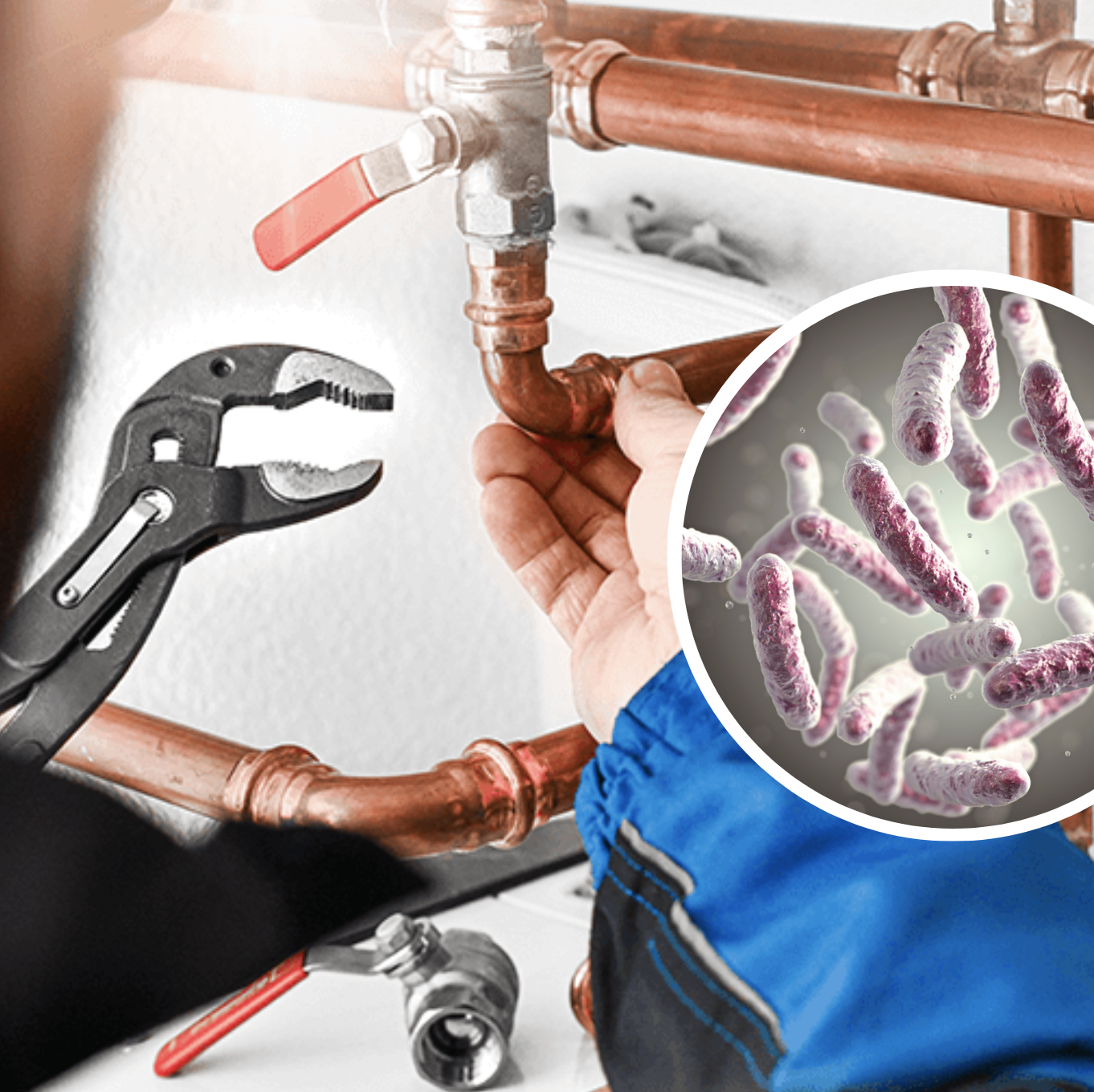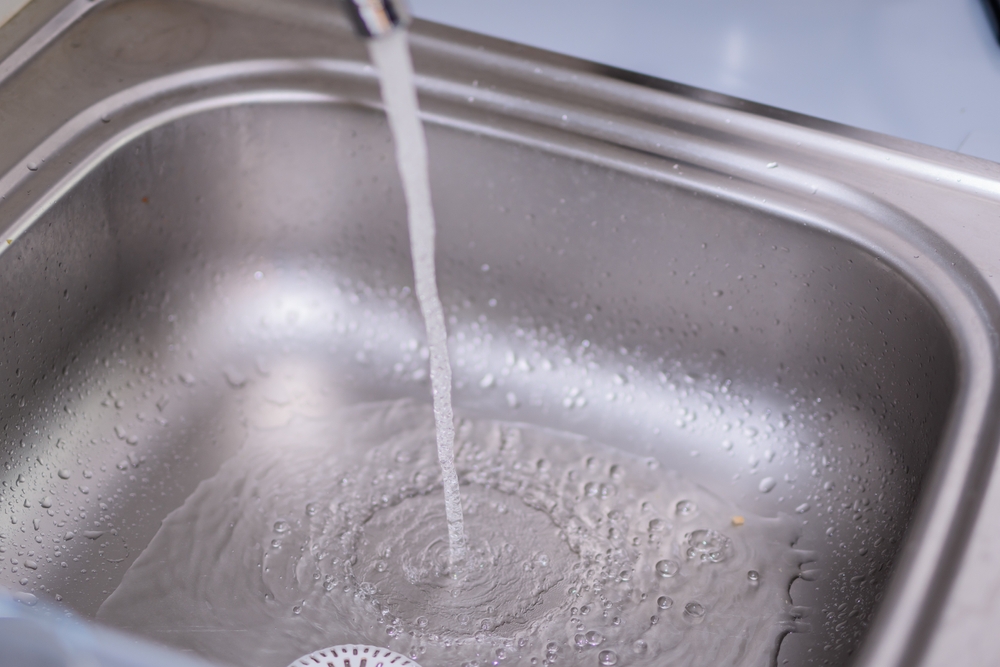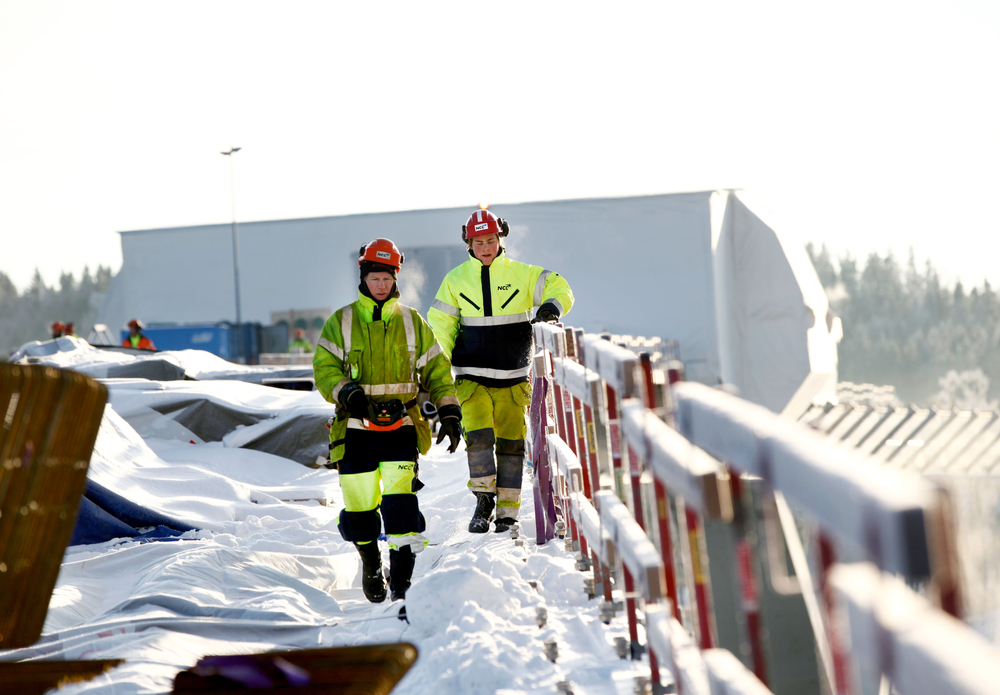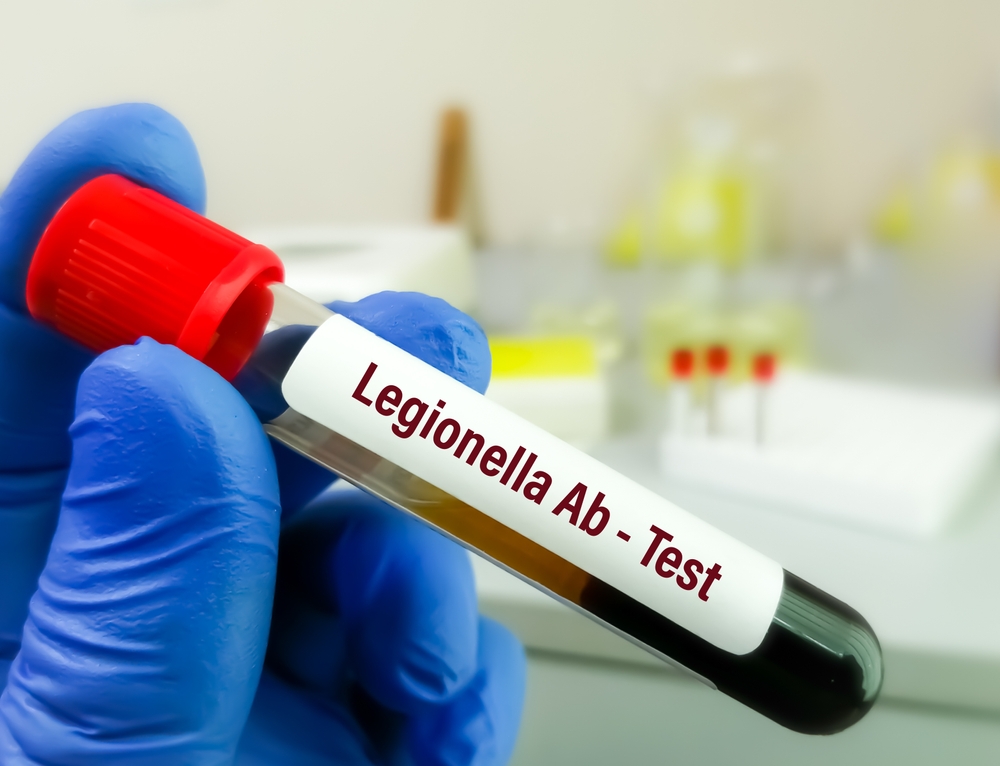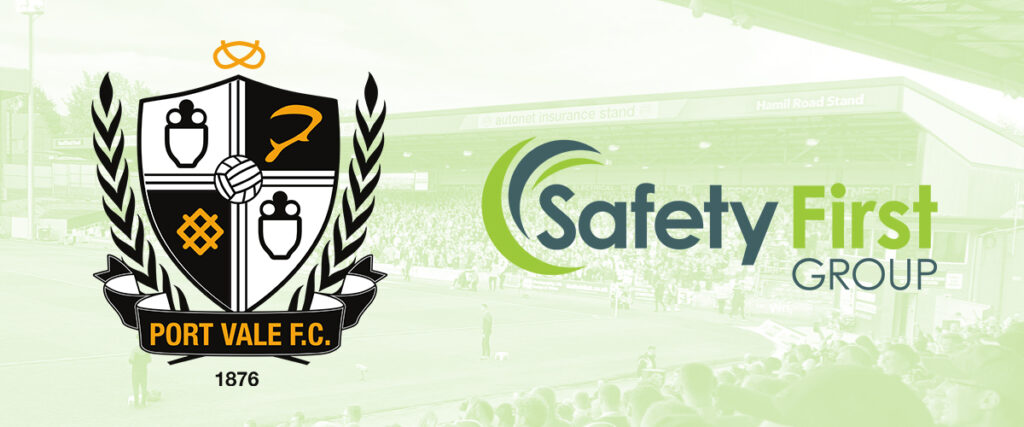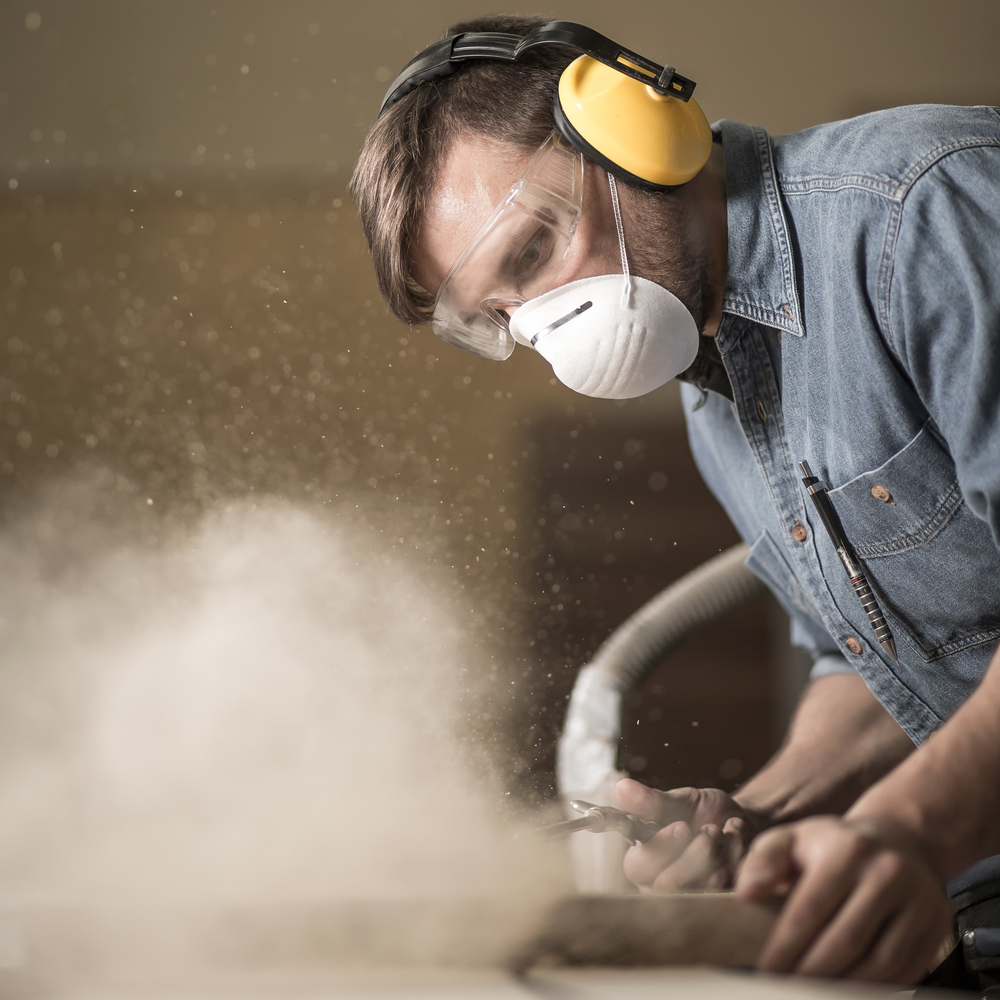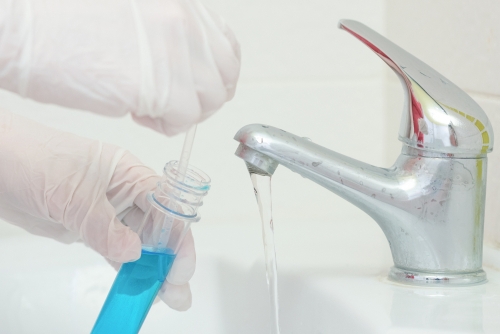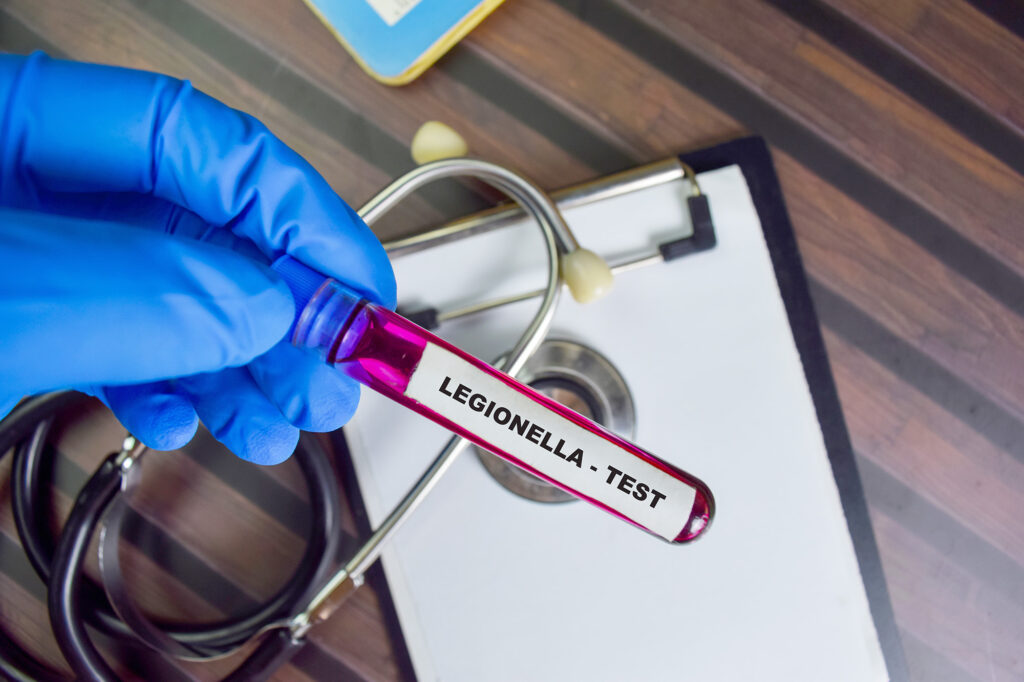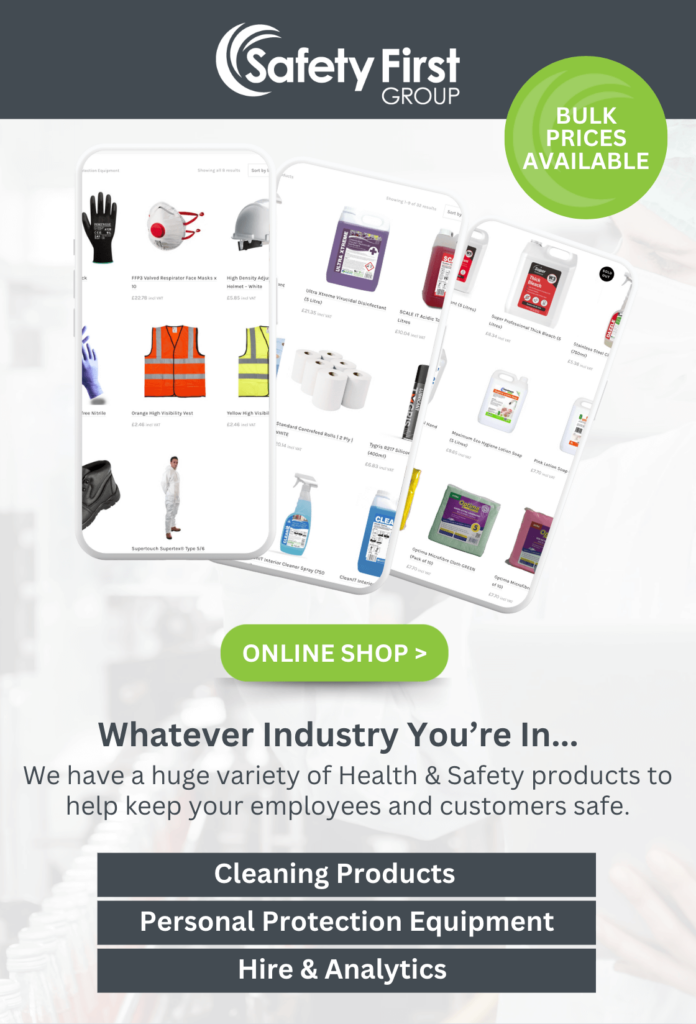Pupils will finally be able to start to use the new school building at a Nuneaton school this week (November 20) after the long delay.
Pupils will finally be able to access the new school building after it was delayed for weeks. The school was supposed to re-open in its new state-of-the-art building at the start of the month, but this was delayed after traces of legionella bacteria were found in parts of the water system.
Where does Legionella come from?
Legionella bacteria are widespread in natural water systems, eg rivers and ponds. However, the conditions are rarely right for people to catch the disease from these sources. Outbreaks of the illness occur from exposure to legionella growing in purpose-built systems where water is maintained at a temperature high enough to encourage growth, eg cooling towers, evaporative condensers, hot and cold water systems and spa pools used in all sorts of premises (work and domestic).
How do people get it?
People contract Legionnaires’ disease by inhaling small droplets of water (aerosols), suspended in the air, containing the bacteria. Certain conditions increase the risk from legionella if:
- the water temperature in all or some parts of the system may be between 20-45 °C, which is suitable for growth
- it is possible for breathable water droplets to be created and dispersed eg aerosol created by a cooling tower, or water outlets
- water is stored and/or re-circulated
- there are deposits that can support bacterial growth providing a source of nutrients for the organism eg rust, sludge, scale, organic matter and biofilms
Legionnaires’ Disease Symptoms
Legionnaires’ disease usually develops two to 10 days after exposure to legionella bacteria. It frequently begins with the following signs and symptoms:
- Headache
- Muscle aches
- Fever that may be 104 F (40 C) or higher
By the second or third day, you’ll develop other signs and symptoms that can include:
- Cough, which might bring up mucus and sometimes blood
- Shortness of breath
- Chest pain
- Gastrointestinal symptoms, such as nausea, vomiting and diarrhea
- Confusion or other mental changes
Although Legionnaires’ disease primarily affects the lungs, it occasionally can cause infections in wounds and in other parts of the body, including the heart.
When dealing with water safety issues, frequent reviews and updates to your Legionella risk assessment are key to keeping water systems safe for use.
Legionella Risk in Schools, Colleges, and Universities
Whether assessing the risk from Legionella bacteria or devising control measures for your education establishment, it’s of vital importance you have a clear understanding of both inherent and operational aspects of the water system’s management.
The design and installation of your water system may well have incorporated best practice approaches ensuring inherent risks are relatively low, however at an operational level, a majority of areas within any school may not be used during holiday periods.
To mitigate these risks, your planned preventative maintenance and monitoring schedule needs to include all foreseeable circumstances – particularly as little-used water outlets are those often most at risk from the development of Legionella contamination.
Good water management can reasonably focus on, but not be limited by, two main considerations:
- Ensuring that there is sufficient water turnover to prevent stagnation;
- Ensuring that cold water remains cold and hot water remains hot. The guidance indicates stored and cold water at the outlet must always be less than 20°C and hot water must be stored above 60°C nor less than 50°C at the outlet.
Stagnant Water
Whilst there are many other considerations for mitigating the growth of waterborne bacteria, such as Legionella, the presence of slow-moving or stagnant water at temperatures between 20-45°C can provide ideal growth conditions for such bacteria and must therefore be avoided.
Legionella Flushing Regime
A suitable Legionella risk assessment will assist in determining the required control measures. It’s advised that any mothballing strategy or procedure should be a compromise between the prevention of stagnation by having a regular Legionella flushing regime, the avoidance of water wastage and the protection of the water system from degradation caused by any disinfectant added.
During shorter periods of infrequent or intermittent use, microbial growth may be adequately controlled by identifying areas of infrequent use, i.e. those used less than once per week, and flushing them at least weekly (more frequently than weekly is expected in higher-risk premises). Each outlet should be flushed for long enough to ensure that the entire contents of the outlet and its associated supply pipework have been replenished with fresh water.
For longer periods of disuse, it can be acceptable to leave a system filled with water without weekly flushing – if measures are in place to prevent unauthorised use.
Draining down a system unnecessarily may leave residual moisture or pockets of water within the system, potentially created or exacerbated by high humidity, and this may subsequently provide the potential for worsening conditions.
That said, these systems should be thoroughly flushed, cleaned and disinfected before their return to use. In such situations, it’s indicated to recommission these systems as though they were new following British Standards; BS EN 806, BS 8558 and BS PD 855468.
That said, these systems should be thoroughly flushed, cleaned and disinfected before their return to use. In such situations, it’s indicated to recommission these systems as though they were new following British Standards; BS EN 806, BS 8558 and BS PD 855468.
Safety First & Legionella Compliance
Our recent appointment of Tim Lees allows us to provide comprehensive solutions in the field of occupational hygiene, in particular Legionella and water hygiene.
Tim has over ten years’ experience and will add to our highly qualified specialist team in health and safety. The appointment signifies the commitment we have in leading the way in Legionella control. We currently offer a range of services aimed at preventing exposure to the Legionella bacteria including Legionella risk assessments, Legionella Monitoring, Legionella awareness online training, remedial works and water sampling
If you have questions regarding the issues raised above or you would like to speak with our Water Hygiene Manager Tim please contact us.
Get in touch:
Contact our friendly team of experts to find out more about Legionella monitoring or any of our other services.
